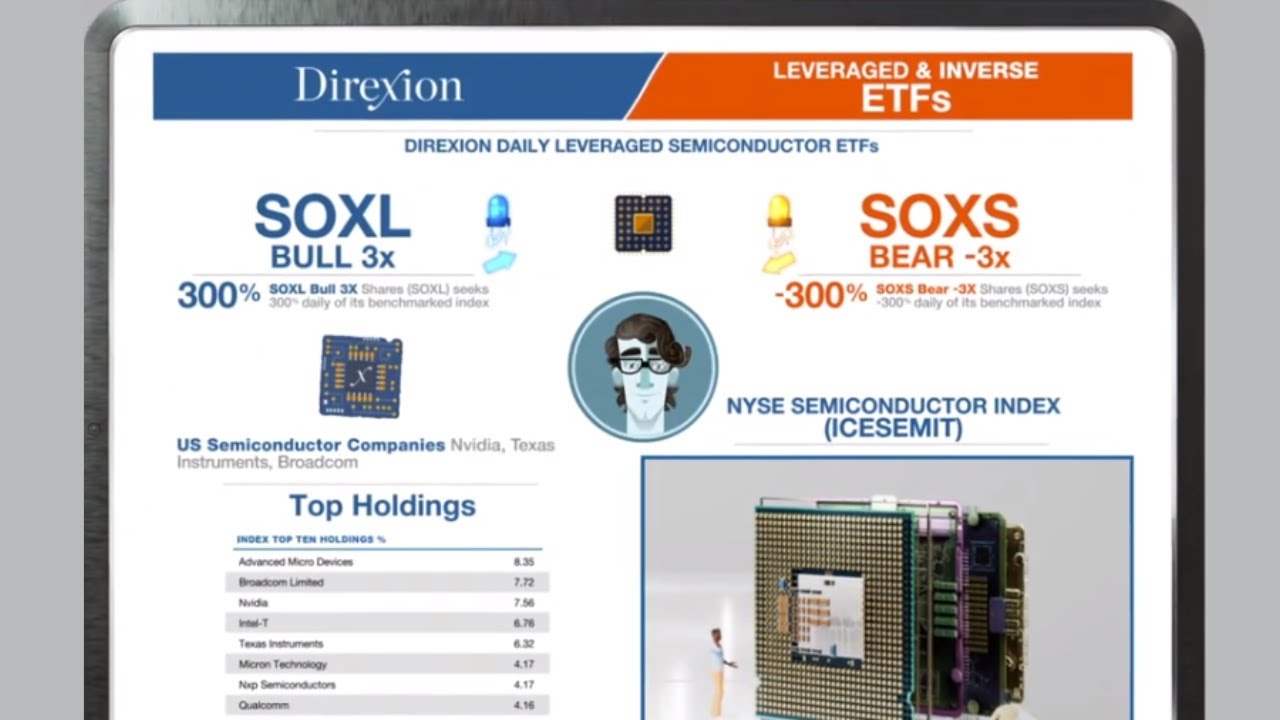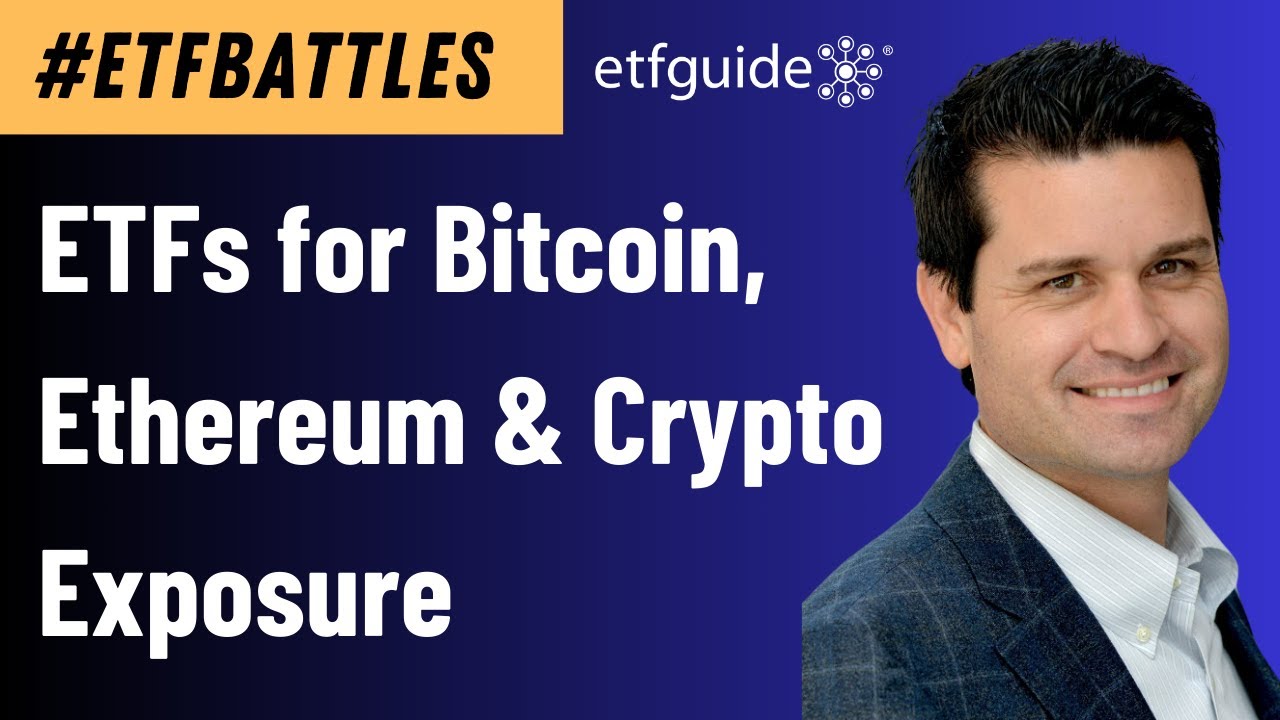There are 118 million U.S. households and 108 million have under $500,000 of investable assets while 100 million have less than $100,000 to invest. What does it mean?
It means the vast majority of the investing public still doesn’t meet the dollar minimums required to work with a licensed financial advisor. And for those who do have adequate investment savings to hire an advisor, they are routinely overcharged and fleeced with self-serving investment advice.
If you’ve hired a financial advisor, how much are you really paying?
The investment fees you pay today are compounding. A person with a $250,000 IRA, 401(k) plan, or investment portfolio that pays advisor and fund fees of 1.5% (I excluded sales and trading commissions for simplicity) might mistakenly believe they only pay $3,750 per year in advisory fees. However, over 25-year period the actual compounding cost of investment fees is just over $112,000 – or almost half the original amount invested! And the larger your investment portfolio becomes, the more money you will lose to fees.
The cost of advice should never supersede the benefits. Today, many financial advisors use low-cost ETFs as portfolio building blocks (NYSEARCA:SCHB) and it’s a great trend. However, when the low-cost benefits of ETFs (NYSEARCA:VNQ) are destroyed – as it is being done today – by advisory fees layered on top of ongoing fund fees (NYSEARCA:IVV), the damage done to investors is often greater than the value of the advice rendered.
(Audio) Portfolio Report Card on a $3.6 Million Account + Hedge Funds Imploding
Contrary to media reports, roboadvisors grossly overcharge. The media has been tricked into misreporting the facts by Silicon Valley and Wall Street’s spin-doctors on the true cost of financial advice. The spin is that roboadvisors – math-driven financial software programs – are “cheap.” Is it really so?
The unapologetic truth is that paying 0.15% in advisory fees to a faceless algorithm is highway robbery. Not only can you can do the same thing with a Microsoft Excel spreadsheet without the ongoing fee, but during the next bear market (NYSEARCA:VXX), I estimate that 90% of roboadvisors will go bankrupt. And guess what? Their clients won’t have anybody to talk to about the sinking value of their life savings.
Double-dipping fees. Other roboadvisors double-dip by charging investment clients two fee layers: 1) one fee for advisory services, and 2) another fee for the underlying funds. (Sadly, this same perverted phenomenon of double-dipping routinely occurs in the mutual fund space with target-date funds that own funds managed by the same company.) The final roboadvisor tally might be slightly less compared to a traditional RIA, but the cost is still excessive and far more than what investors should really be charged.
What about the delivery method of financial advice by both traditional RIAs and by roboadvisors? It too is clearly broken. Both groups overcharge for what they do and their portfolio building methods are antiquated. How?
Prescriptions without a proper diagnosis. For example, people today are not properly diagnosed about what specific type of investor they are before they are given a portfolio recommendation. (There are easily over one thousand different combinations of investor profiles/types based upon our data.) Instead, people are assigned a portfolio of investments that is allegedly suitable based upon a generic questionnaire invented by somebody in the advisor’s compliance department who has never rendered investment advice to a real person in their entire life. Then, after the client’s portfolio has been recommended, the people are sent away without a matching investment policy statement to keep them on track. (Not that it would help them anyway, especially if the portfolio’s design is wrong in the first place.)
To understand how grossly negligent this way of doing business is, imagine going to a doctor who gives you a few prescription drugs before you’ve even been properly evaluated and diagnosed. Is that the kind of doctor who deserves your business and trust? If not, why should you trust financial advisors who operate in the same despicable manner?
It’s for these reasons and more that ETFguide’s Investing Club – which I carefully crafted – solves the big-league problems facing individual investors. I believe that all people – regardless of their portfolio’s size – are entitled to affordable investment advice. That means no sales commissions or asset fees on the investment products recommended – ever. I also believe that investment advice should be a face-to-face activity transmitted by one intelligent human to another.
Finally, I vehemently reject the deplorable devolution of Silicon Valley and Wall Street’s stampede into faceless, expensive, and de-personalized investment advice. Not only can the financial services industry do better than that, but the investing public deserves it.
Ron DeLegge is the Founder @ ETFguide. Get a FREE Portfolio Report Card and enroll in his 5-star rated online course “Build, Grow, and Protect Your Money: A Step-by-Step Guide.” Visit ETFguide.com to learn more.



